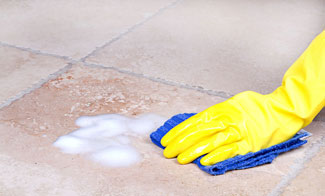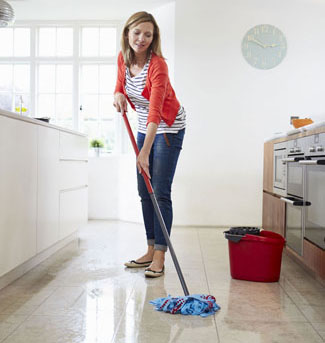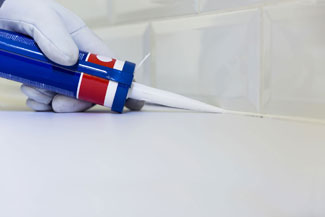Tile Maintenance
UNDERSTANDING THE MAINTENANCE FOR YOUR NEW TILE.
It is important to sweep a tile floor regularly. Dirt can adhere to the surface of tile, particularly styles with a textured surface. Regular sweeping loosens and removes most of the dirt. A vacuum cleaner can also be used to remove dirt from your tile floors but avoid using one with a beater bar, so you don’t dull or scratch the tiles. Attachments from your vacuum are also useful to collect dirt from along edges or in between tiles.
Be sure to use walk-off mats to minimize and contain dirt that is tracked in at entryways. This reduces the amount of dirt being tracked across the tile floor and reduces the wear to the finished surface.
Ceramic tile floors should be damp-mopped regularly using the manufacturer’s recommended grout and tile cleaners. For heavier soil, you can spot clean the floor with a sponge or clean cloth and the recommended cleaners. Rinse well and wipe dry for more shine. Textured tiles may require mild scrubbing with a soft brush or electric polisher.
After cleaning with a mild detergent, rinse thoroughly with clean, warm water to help remove any leftover residue. If needed, wipe dry with a clean towel to remove any film. Make sure to always consult the cleaning product’s instructions to make sure the product is compatible with your type of tile.
CAUTIONS AND CONSIDERATIONS.
Avoid using steel wool, scouring powders, or other abrasives that can scratch the finish of the tile. Don’t use bleach or ammonia-based cleaners, as these products can discolor your grout if used too often. Also, don’t clean glazed tile with oil-based cleaners. Try to clean up spills as quickly as possible so that the grout or tile doesn’t become stained.
While ceramic tile is considered very durable, it is not indestructible and may crack or chip under extreme force. Take the proper precautions when moving heavy objects across your tile floor. Cover furniture and table legs with protectors to guard your floor against damage.
TWO MEASURES FOR PREVENTION: CAULKING AND SEALING.
Once the tile has been laid it is your responsibility to maintain areas exposed to water by caulking. This will prevent expensive subsurface damage, as well as keep the tiled areas looking their best.
After the installation process is complete and the grout has had ample time to cure, sealing the grout can provide protection from dirt and spills by slowing down the staining process.
There are also grout colorants that can transform the original color of grout and in some cases act as a form of sealant. Please be aware that non-epoxy grout joints should be treated with a silicone sealer.
UNDERSTANDING THE MAINTENANCE FOR YOUR NEW TILE.
It is important to sweep a tile floor regularly. Dirt can adhere to the surface of tile, particularly styles with a textured surface. Regular sweeping loosens and removes most of the dirt. A vacuum cleaner can also be used to remove dirt from your tile floors but avoid using one with a beater bar, so you don’t dull or scratch the tiles. Attachments from your vacuum are also useful to collect dirt from along edges or in between tiles.
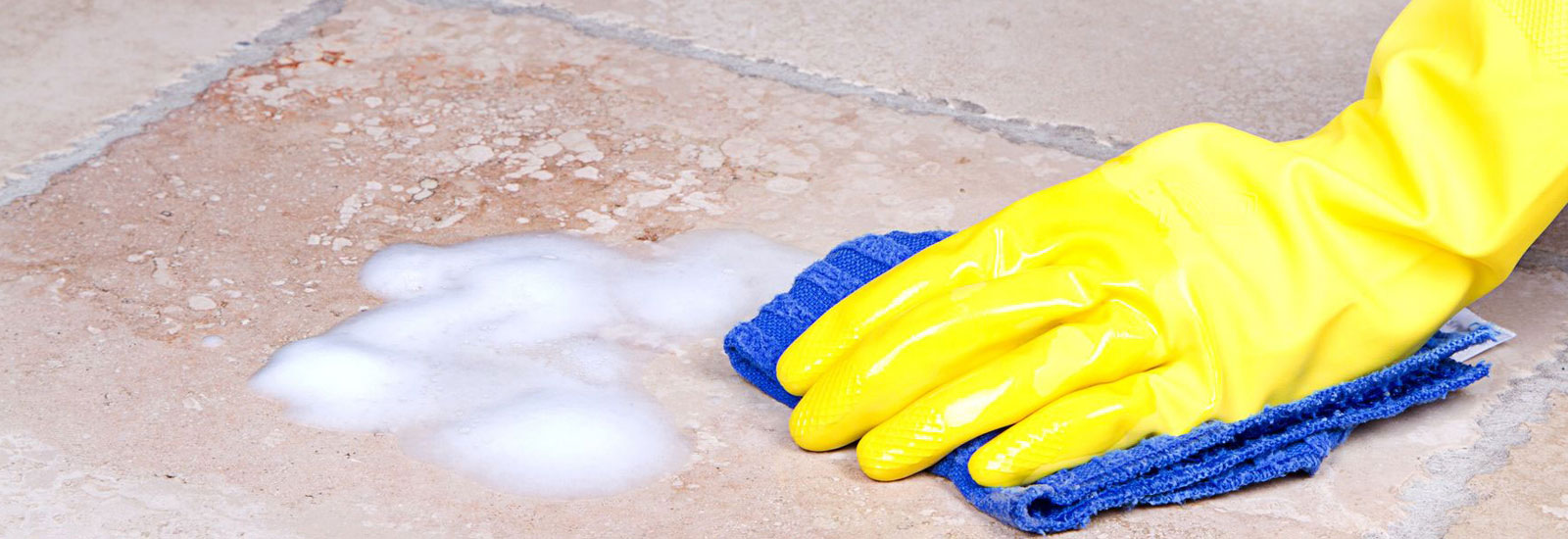
Be sure to use walk-off mats to minimize and contain dirt that is tracked in at entryways. This reduces the amount of dirt being tracked across the tile floor and reduces the wear to the finished surface.
Ceramic tile floors should be damp-mopped regularly using the manufacturer’s recommended grout and tile cleaners. For heavier soil, you can spot clean the floor with a sponge or clean cloth and the recommended cleaners. Rinse well and wipe dry for more shine. Textured tiles may require mild scrubbing with a soft brush or electric polisher.
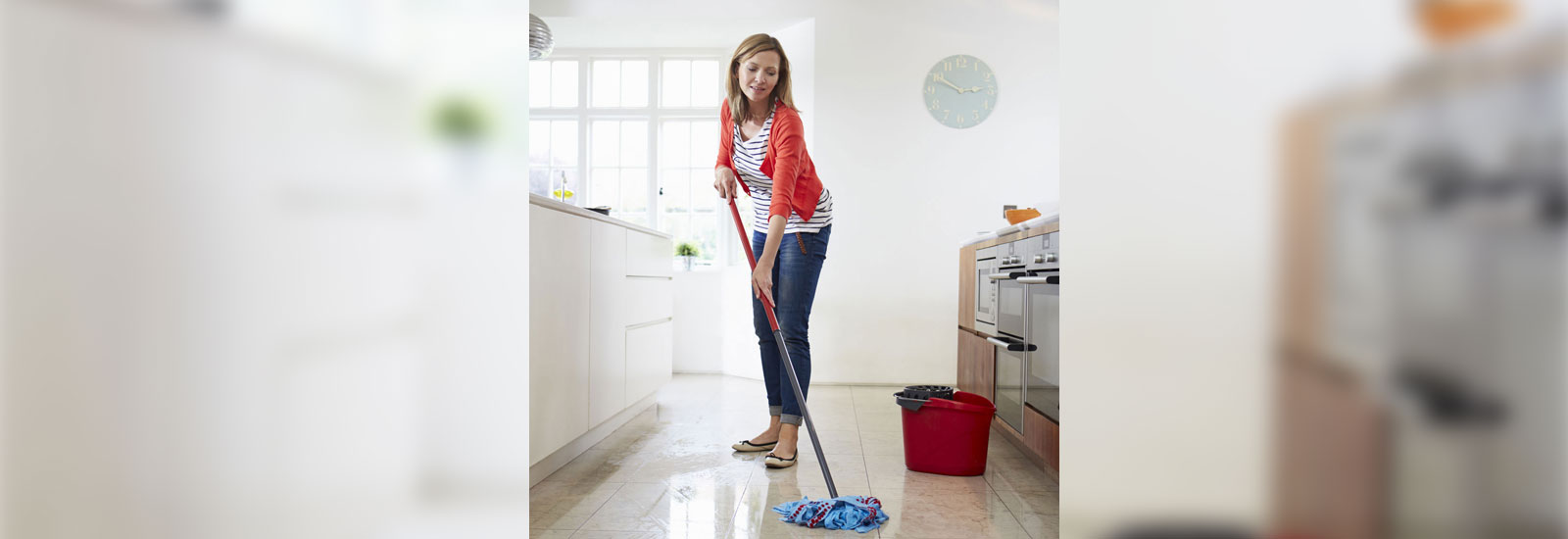
After cleaning with a mild detergent, rinse thoroughly with clean, warm water to help remove any leftover residue. If needed, wipe dry with a clean towel to remove any film. Make sure to always consult the cleaning product’s instructions to make sure the product is compatible with your type of tile.
CAUTIONS AND CONSIDERATIONS.
Avoid using steel wool, scouring powders, or other abrasives that can scratch the finish of the tile. Don’t use bleach or ammonia-based cleaners, as these products can discolor your grout if used too often. Also, don’t clean glazed tile with oil-based cleaners. Try to clean up spills as quickly as possible so that the grout or tile doesn’t become stained.
While ceramic tile is considered very durable, it is not indestructible and may crack or chip under extreme force. Take the proper precautions when moving heavy objects across your tile floor. Cover furniture and table legs with protectors to guard your floor against damage.
TWO MEASURES FOR PREVENTION: CAULKING AND SEALING.
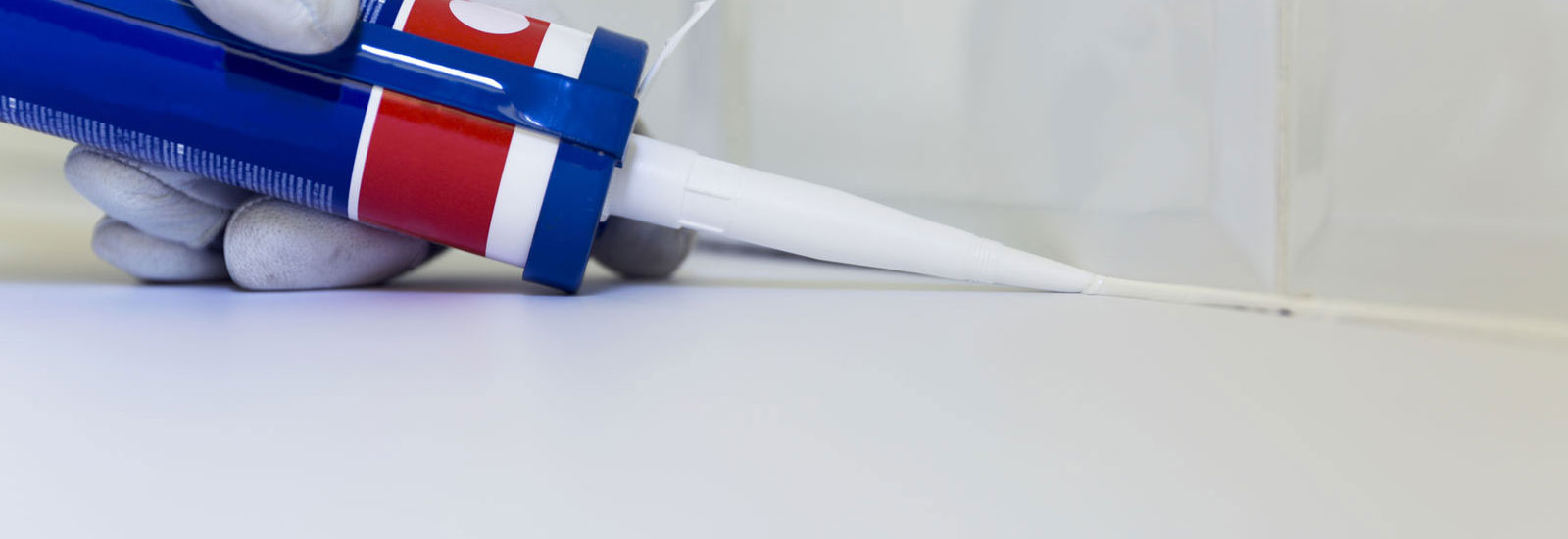
Once the tile has been laid it is your responsibility to maintain areas exposed to water by caulking. This will prevent expensive subsurface damage, as well as keep the tiled areas looking their best. After the installation process is complete and the grout has had ample time to cure, sealing the grout can provide protection from dirt and spills by slowing down the staining process.
There are also grout colorants that can transform the original color of grout and in some cases act as a form of sealant. Please be aware that non-epoxy grout joints should be treated with a silicone sealer.
UNDERSTANDING THE MAINTENANCE FOR YOUR NEW TILE.
It is important to sweep a tile floor regularly. Dirt can adhere to the surface of tile, particularly styles with a textured surface. Regular sweeping loosens and removes most of the dirt. A vacuum cleaner can also be used to remove dirt from your tile floors but avoid using one with a beater bar, so you don’t dull or scratch the tiles. Attachments from your vacuum are also useful to collect dirt from along edges or in between tiles.

Be sure to use walk-off mats to minimize and contain dirt that is tracked in at entryways. This reduces the amount of dirt being tracked across the tile floor and reduces the wear to the finished surface.
Ceramic tile floors should be damp-mopped regularly using the manufacturer’s recommended grout and tile cleaners. For heavier soil, you can spot clean the floor with a sponge or clean cloth and the recommended cleaners. Rinse well and wipe dry for more shine. Textured tiles may require mild scrubbing with a soft brush or electric polisher.

After cleaning with a mild detergent, rinse thoroughly with clean, warm water to help remove any leftover residue. If needed, wipe dry with a clean towel to remove any film. Make sure to always consult the cleaning product’s instructions to make sure the product is compatible with your type of tile.
CAUTIONS AND CONSIDERATIONS.
Avoid using steel wool, scouring powders, or other abrasives that can scratch the finish of the tile. Don’t use bleach or ammonia-based cleaners, as these products can discolor your grout if used too often. Also, don’t clean glazed tile with oil-based cleaners. Try to clean up spills as quickly as possible so that the grout or tile doesn’t become stained.
While ceramic tile is considered very durable, it is not indestructible and may crack or chip under extreme force. Take the proper precautions when moving heavy objects across your tile floor. Cover furniture and table legs with protectors to guard your floor against damage.
TWO MEASURES FOR PREVENTION: CAULKING AND SEALING.

Once the tile has been laid it is your responsibility to maintain areas exposed to water by caulking. This will prevent expensive subsurface damage, as well as keep the tiled areas looking their best. After the installation process is complete and the grout has had ample time to cure, sealing the grout can provide protection from dirt and spills by slowing down the staining process.
There are also grout colorants that can transform the original color of grout and in some cases act as a form of sealant. Please be aware that non-epoxy grout joints should be treated with a silicone sealer.



